|
Helleborus niger, Hellebore (commonly known as Christmas Rose) is a surprisingly tough yet delicate perennial that blooms in winter. The 2020 Christmas Day rain washed away the snow to uncover this beauty!
0 Comments
Compare and contrast beloved garden plants and their native alter egos. Here I depict the glossy leaved European Wild Ginger plant with the more subdued but native variety, Canadian Wild Ginger. With similar growing requirements, the two live up to the old adage, "its the same difference"!
I recently picked up Michael Dirr’s new-ish book entitled Dirr’s Encyclopedia of Trees & Shrubs. It’s a great compendium to the many other Dirr books I reference regularly. The book is full of valuable information, as you’d expect from Michael Dirr, but it is also filled with color photographs of woody plants in profile as well as detail images of bark, leaves, flower and fruit. It’s a wonderful addition to my professional library!
Many teachers consider outdoor education important because it provides students a chance to take what they’ve learned in books and compare that to what they see in the world around them. In Boston, the Boston School Yard Initiative has been instrumental with bringing outdoor classrooms to schools across the City since 1995! In my town, most of the schools have been able to incorporate Science Gardens on the school grounds. This spring, the third grade classes study the history of colonial times culminating in a full-day event called Colonial Day. One activity the students enjoy as part of Colonial Day is to learn about the importance of the home garden during colonial times; an introduction of plants used for medicine, for the home and for food was shared.
Spring is a busy time of year at plant nurseries. Ideal planting times are dependent upon the weather but in general the spring planting season is considered April through June and fall planting is considered to be August to October. Plants need to be inspected for pests, injuries, deformations and overall health/vigor.
The dormant season of winter or very early spring is the perfect time to get some tree work done. Tree work can be messy and rough so take advantage of the sleeping woody and herbaceous plants and get your tree canopy in healthy condition. Here, the crews of Barrett Tree East were confronted with a tight site necessitating the use of tree climbers to do most of the selective thinning/pruning and tree removal. The skill, dexterity and team work of the crew members is impressive! The fall and winter seasons are perfect for spotting invasive plant species commonly found in our woodlands and open spaces. In many cases, these plants were brought from faraway lands and planted as ornamental species within our landscapes. Birds eat the prolific fruit and help spread the plants throughout the landscape. Now many of these invasive species have become dominant. Do your part- know friend from foe, eliminate new planting of known or suspected invasive plants, and remove invasive plants where possible. Resources and infomration: http://www.invasiveplantatlas.org/ http://www.massnature.com/Plants/Invasives/invasiveplants.htm http://www.mass.gov/dfwele/dfw/nhesp/conservation/invasives/invasive_plant_info.htm http://www.nyis.info/ 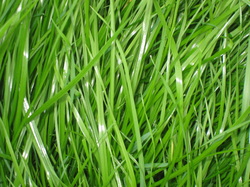 “No-Mow Lawn Seed” by Prairie Nursery in Westfield, Wisconsin is a low maintenance alternative to the traditional manicured seeded lawn. Much less maintenance is required since the blended seed selection is designed to incorporate only shorter grass blades. Mowing only one or two times each year is required and little if any water is needed once the lawn is established. I recently tried “No-Mow Lawn Seed” on a project and so far it is beautiful! For a longer, lush and informal lawn this alternative might be just what you’re looking for. http://www.prairienursery.com/store/no-mow-lawn-seed-mix-c-11.html 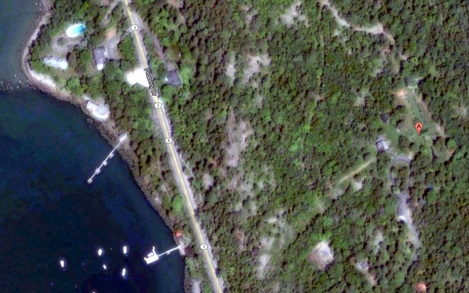 High above the sea at Northeast Harbor, Maine is a magnificent garden. Thuya Garden is today overseen by the Mount Desert Land & Garden Preserve but was conceived by Joseph Henry Curtis and expanded by Charles K. Savage. Curtis, a landscape architect, designed the hillside trail that brings the visitor from Asticou Terraces Landing , through a quintessential Maine landscape complete with stone steps, walls and ramps to unique landscape structures and lookouts offering splendid distant views. Existing Juniperus virginiana (Eastern Red Cedar) and native Vaccinium angustifolium (Lowbush blueberry) thrive on these slopes. Once through the garden gates, the visitor comes to vibrant perennial gardens modeled after those of Gertrude Jekyll by Beatrix Farrand http://www.gardenpreserve.org/thuya-garden/index.html |
Archives
September 2023
CateInspiration comes from the world around us; color, texture, pattern- all components of the ever changing landscape. The camera captures these moments for further reflection. This blog will feature monthly musings centered on the landscape. Categories
All
|
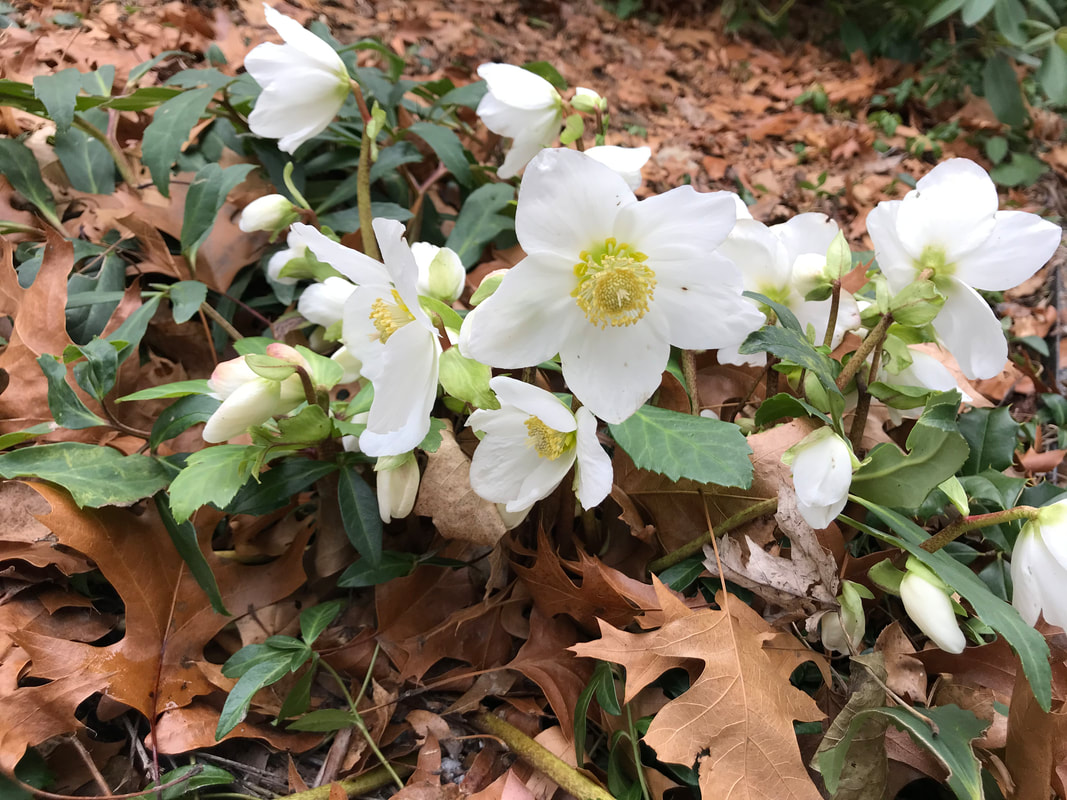
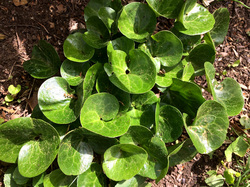
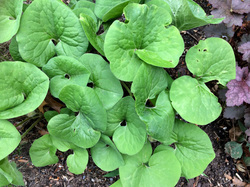
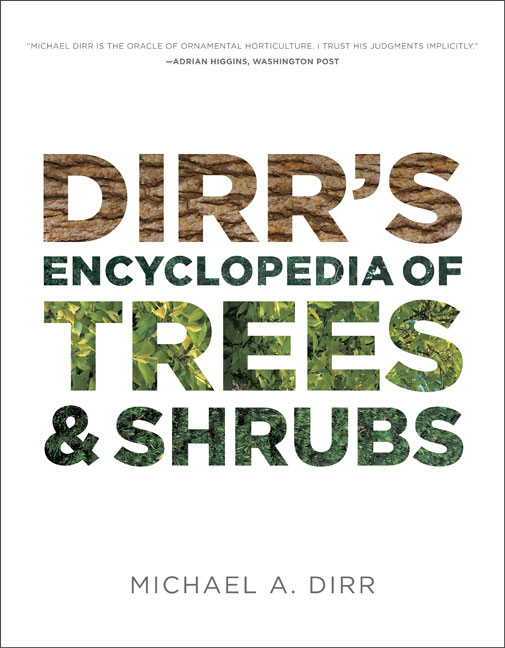
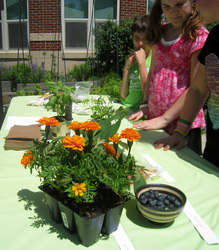
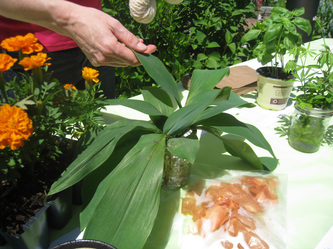
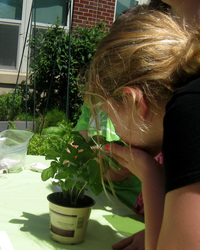
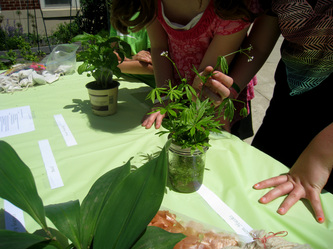
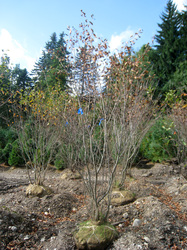
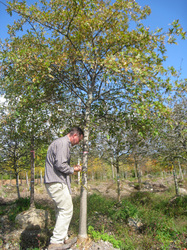
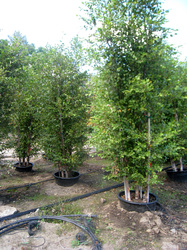
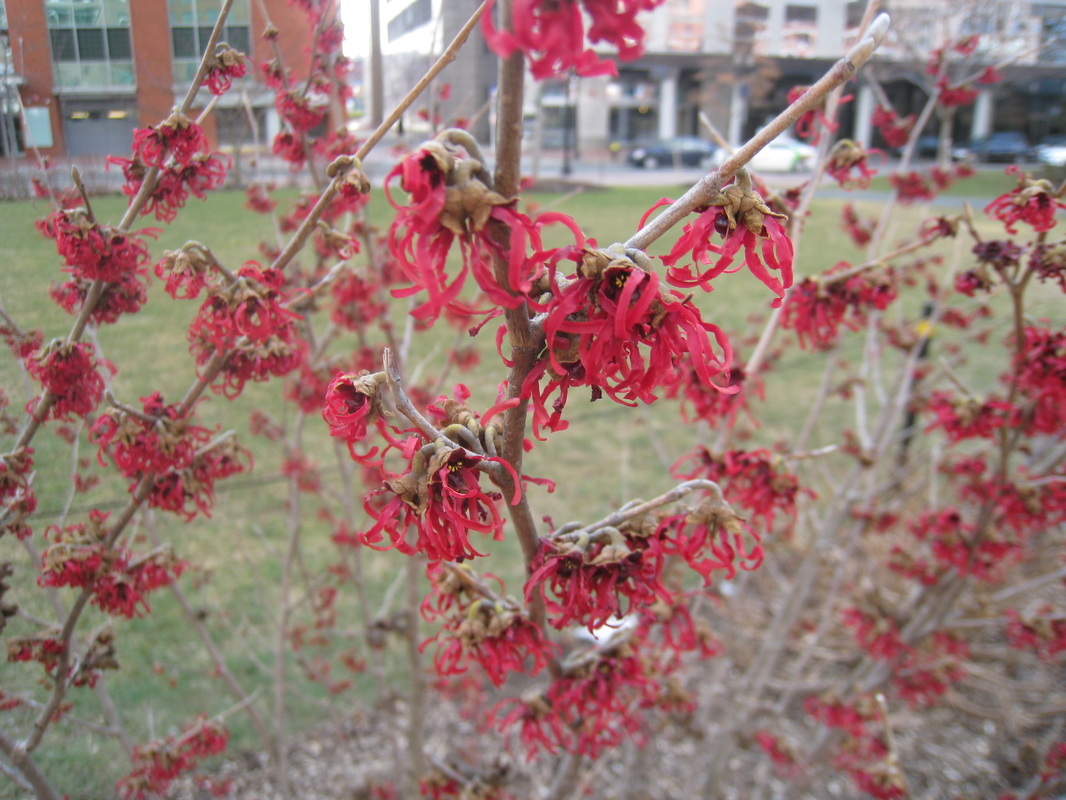
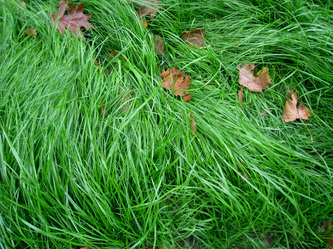
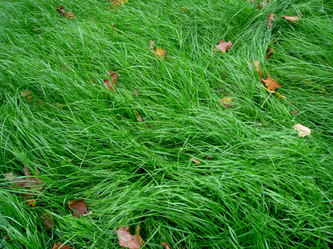
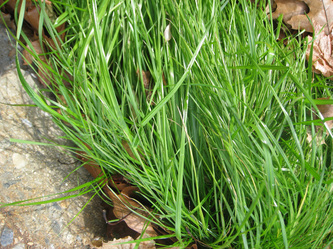
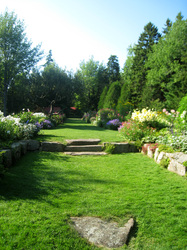
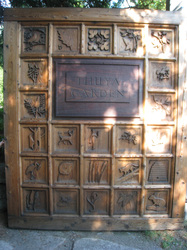
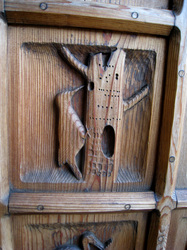
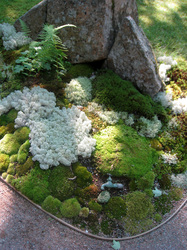
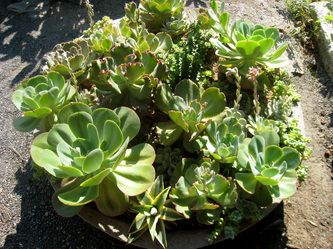
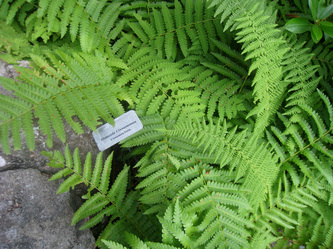

 RSS Feed
RSS Feed